Overcoming the Challenges of Popular Harley Davidson Models
Harley-Davidson: Challenges & Solutions for an Iconic Ride
Harley-Davidson motorcycles are more than just machines—they’re a lifestyle, a legacy, and a passion for countless riders around the world. With their powerful engines, unmistakable design, and deep-rooted heritage, Harleys have built a loyal fanbase that spans generations.
However, like any motorcycle brand, Harley-Davidson models come with their own set of challenges. Over the years, the company has continuously innovated to enhance performance, comfort, and reliability. In this post, we’ll explore some of the most common challenges Harley riders face and the solutions Harley-Davidson has introduced to keep the ride smooth and enjoyable.
1. Heat Management: Taming the Powerhouse
Harley-Davidson motorcycles are built with large-displacement V-twin engines, which produce a significant amount of heat—especially in slow-moving traffic or hot climates. For riders, this can become uncomfortable, with excessive engine heat radiating to their legs.
✅ Harley’s Solutions:
- Oil coolers & liquid cooling: Newer Harley models, such as the Milwaukee-Eight series, integrate liquid-cooled heads and oil coolers to dissipate heat more efficiently.
- Aftermarket heat shields & deflectors: Many riders opt for heat deflectors and upgraded exhaust wraps to redirect heat away from the legs.
- EFI tuning & cooling fans: Adjusting the fuel injection system and installing aftermarket cooling fans can help regulate temperature and optimize performance.
2. Vibration: The Classic Harley Feel vs. Comfort
The deep rumble and vibration of a Harley-Davidson is part of its charm and identity, but it can become fatiguing on long rides. Some riders love it, while others seek ways to reduce excessive shaking for a smoother experience.
✅ Harley’s Solutions:
- Counterbalancing systems: Harley’s Softail models now include counterbalanced engines that significantly reduce vibrations while maintaining the classic feel.
- Rubber-mounted engines: Touring models like the Road Glide and Electra Glide use rubber-mounted engines to absorb vibrations and provide a more relaxed ride.
- Handlebar & seat upgrades: Many riders upgrade to gel-padded seats, ergonomic handlebars, and vibration-dampening grips for extra comfort.
3. Maintenance: Keeping a Harley in Top Shape
Harley-Davidson motorcycles require regular maintenance, from oil changes to belt adjustments and brake servicing. Some riders find this time-consuming and costly, especially when relying on dealership service centers.
✅ Harley’s Solutions:
- H-D Connect Service: This smartphone-connected system (available on select models) allows riders to track their motorcycle’s health, battery status, and maintenance schedule remotely.
- Self-maintenance tools & guides: Harley-Davidson offers user-friendly service manuals, toolkits, and online tutorials to help riders perform basic maintenance at home.
- Extended service plans: Many dealerships offer service plans that bundle maintenance costs, making it more manageable for riders.
4. Ergonomics: Style vs. Comfort
Harley-Davidson motorcycles are designed with a distinctive cruiser and touring aesthetic, but not every rider fits perfectly on a stock setup. Depending on height, weight, and riding style, some riders may find the seat positioning, handlebars, or foot controls uncomfortable—especially on long rides.
✅ Harley’s Solutions:
- Adjustable seats & handlebars: Harley offers customizable seat heights, pullback handlebars, and forward/rearward foot controls to accommodate different body types.
- Suspension upgrades: Models like the Street Glide Special and Road King feature adjustable rear suspension for a more tailored riding experience.
- Ergonomic accessories: Riders can add floorboards, backrests, and custom grips to improve comfort and reduce fatigue.
5. Environmental Regulations: Balancing Power & Compliance
With stricter emission regulations worldwide, Harley-Davidson has had to adapt while preserving the soul of its motorcycles. Many traditionalists were concerned about how emissions controls might impact performance and sound.
✅ Harley’s Solutions:
- Electronic Fuel Injection (EFI): Harley moved away from carburetors to EFI, ensuring better fuel efficiency and cleaner emissions while maintaining performance.
- Catalytic converters & exhaust tuning: Modern Harley models include EPA-compliant exhaust systems that reduce emissions without compromising sound quality.
- Electric innovation (LiveWire): Harley launched the LiveWire electric motorcycle, combining cutting-edge technology with Harley’s signature performance—offering instant torque, zero emissions, and a futuristic ride.
Final Thoughts: Innovation Without Losing Identity
Harley-Davidson’s motorcycles are built on heritage, power, and individuality, but every great machine comes with its challenges. What makes Harley stand out is its commitment to refining its bikes while staying true to its legacy.
With modern cooling systems, smoother engines, enhanced comfort options, and environmentally friendly advancements, Harley continues to evolve—ensuring that riders get the best experience without losing that signature Harley feel.
So, whether you're cruising on a Street Glide, tearing up the highway on a Fat Bob, or pushing boundaries with a LiveWire, one thing remains clear—Harley-Davidson is built to ride, built to last, and built for those who love the journey. 🏍️🔥
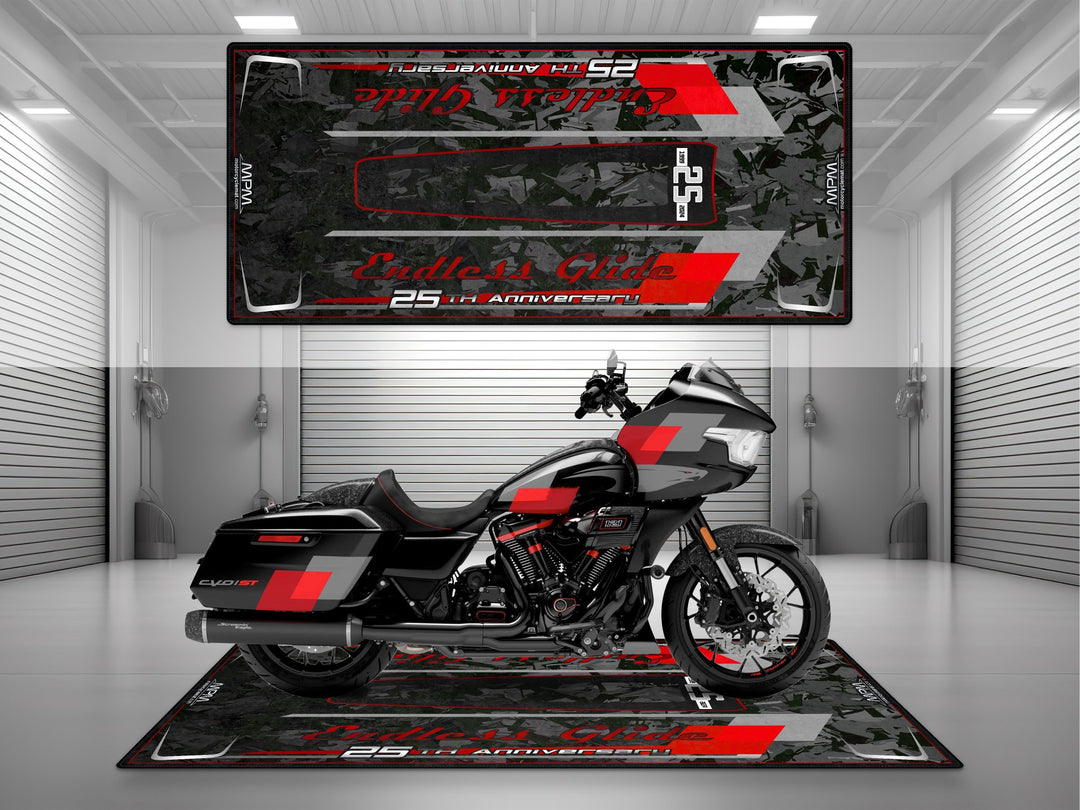
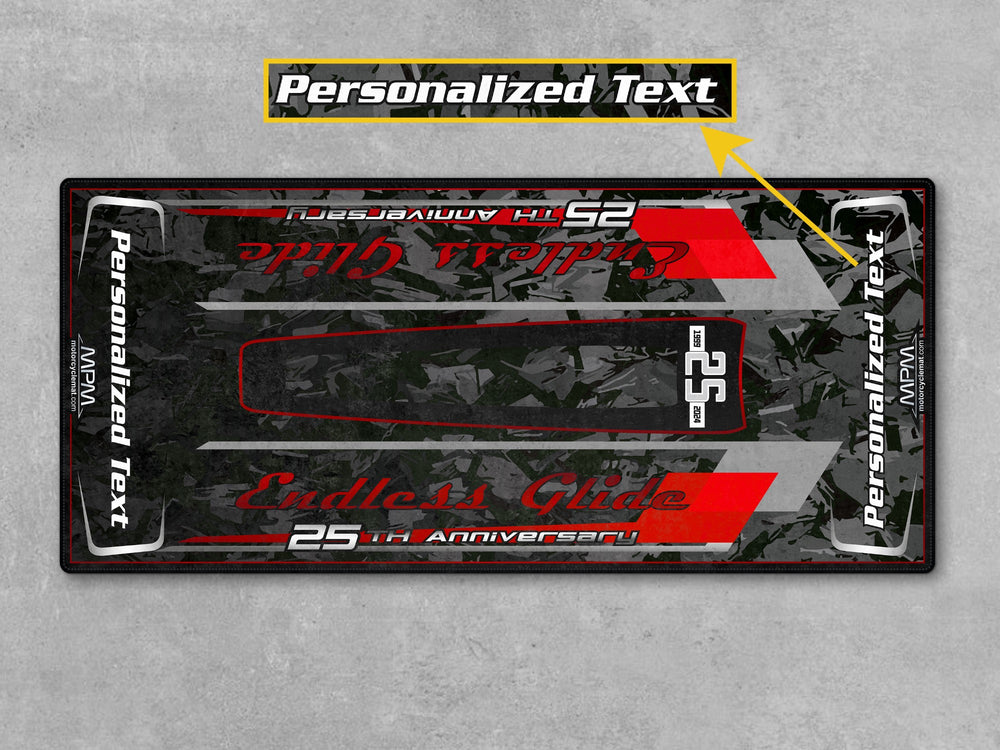

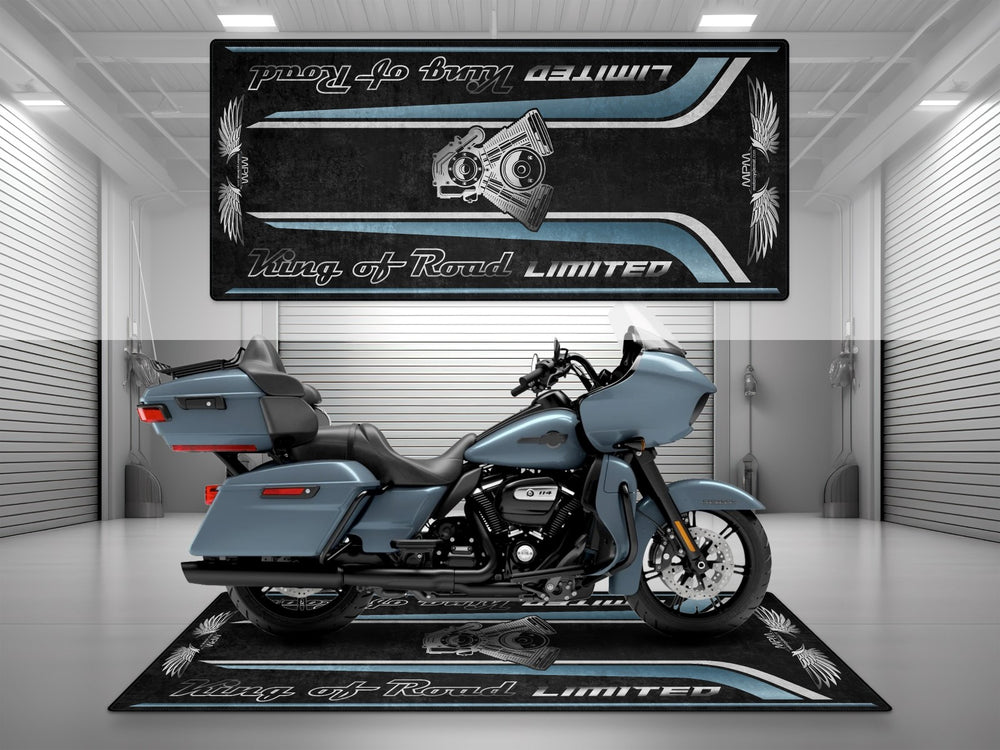

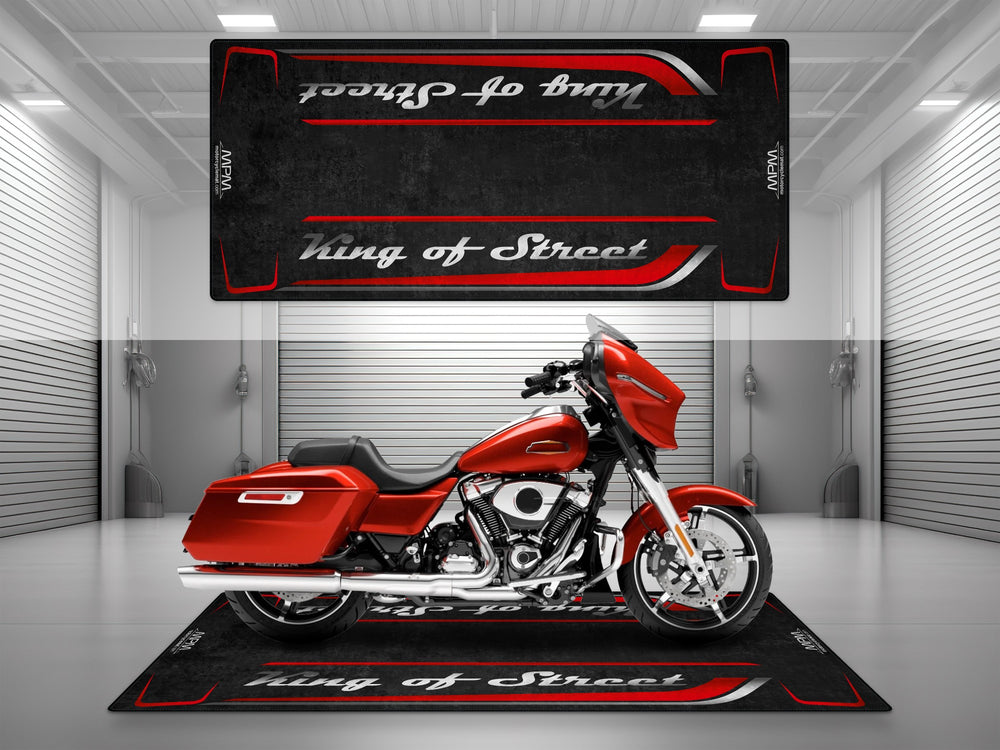

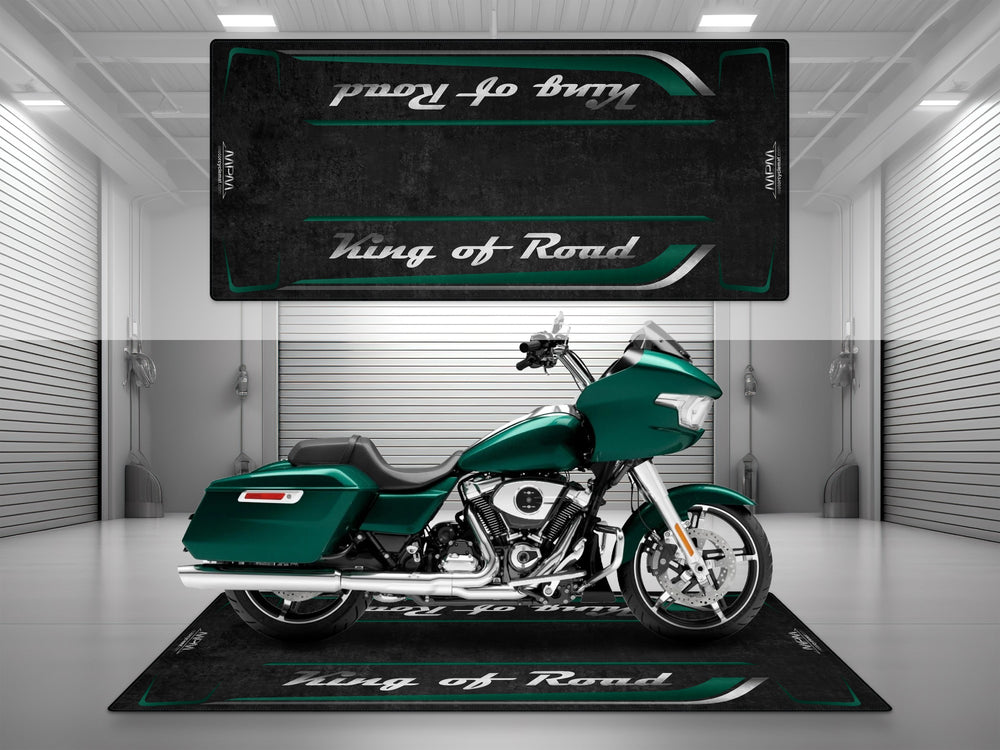

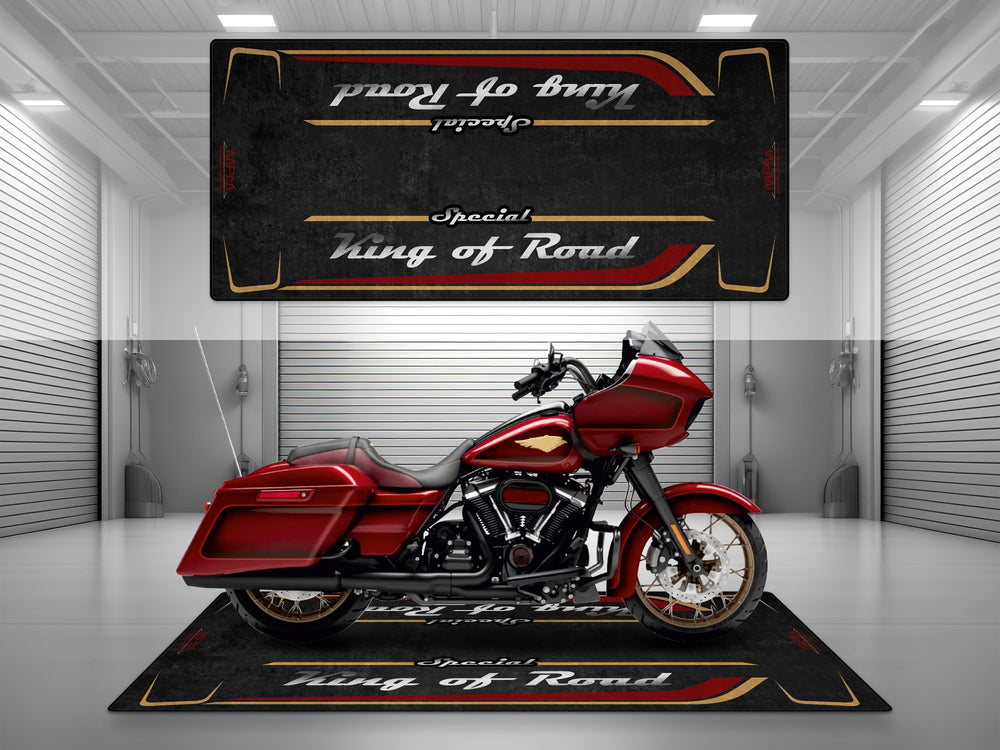

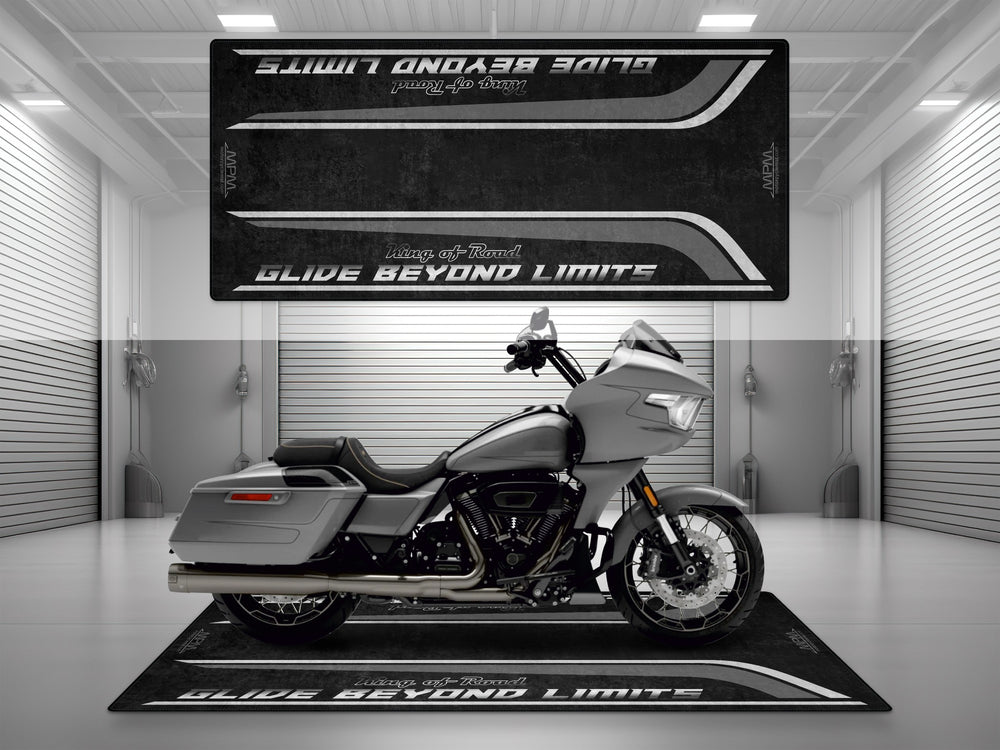

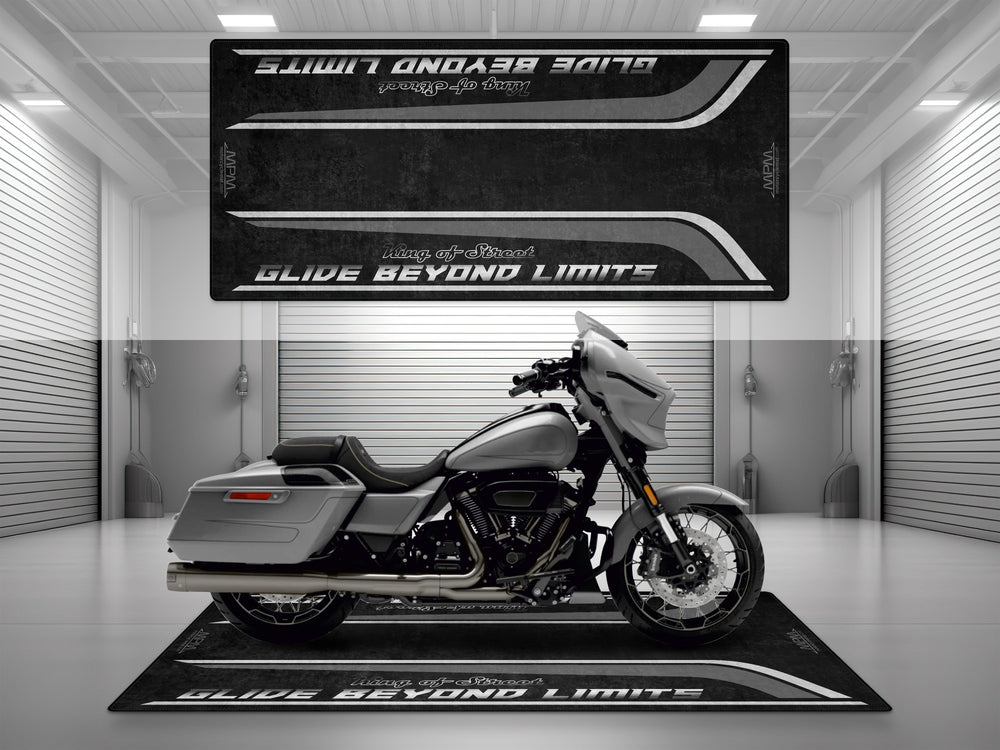

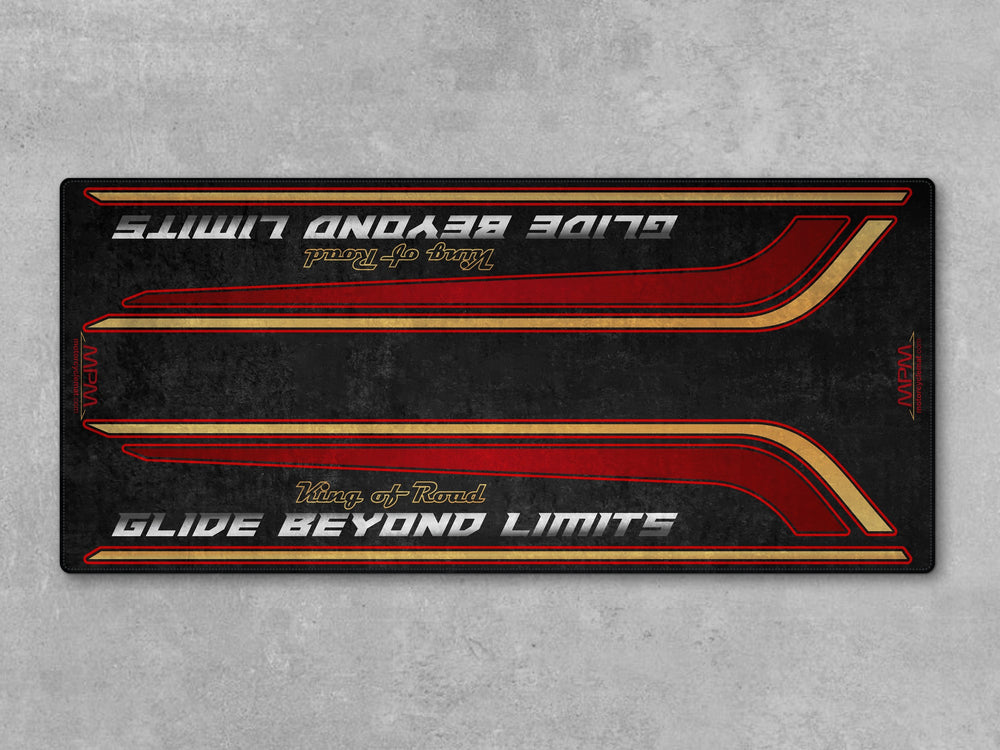

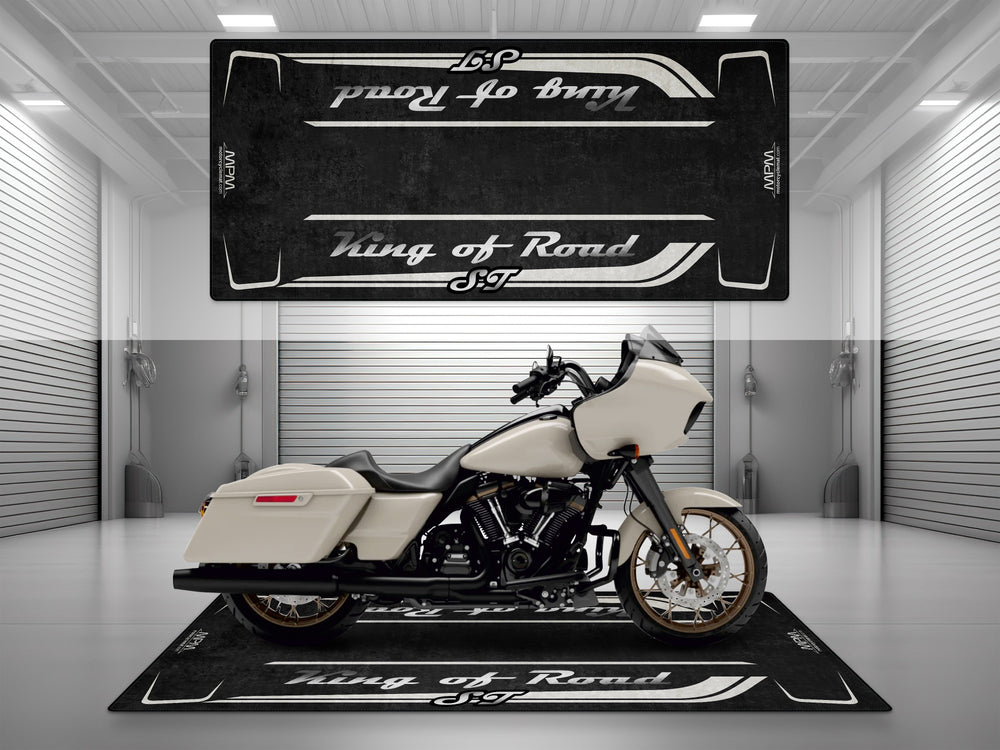

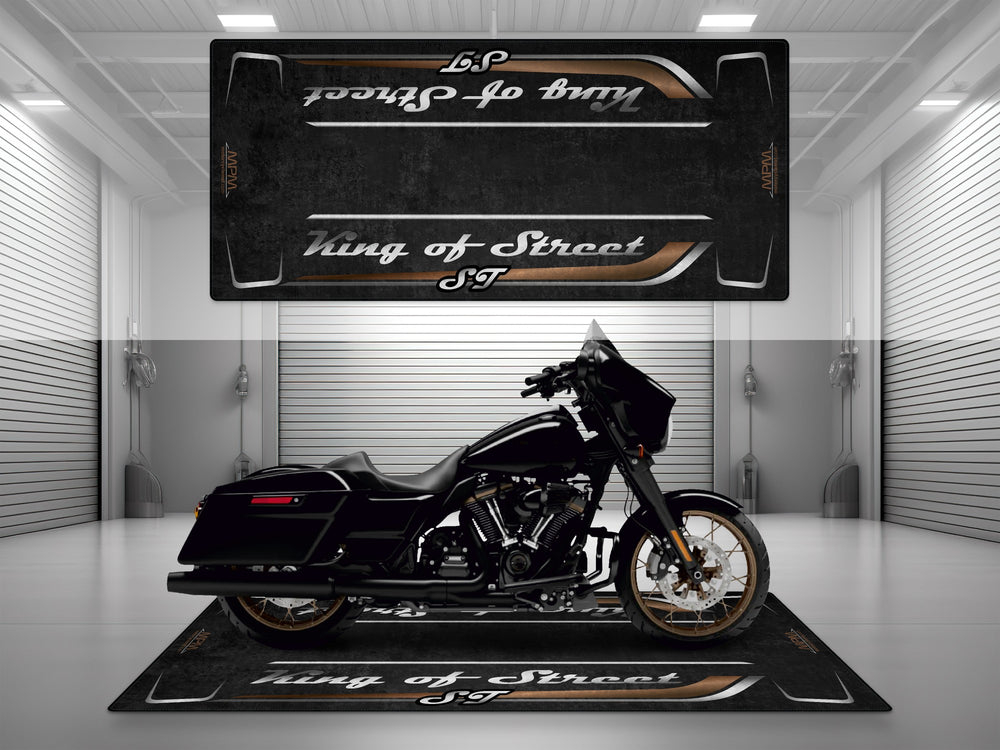

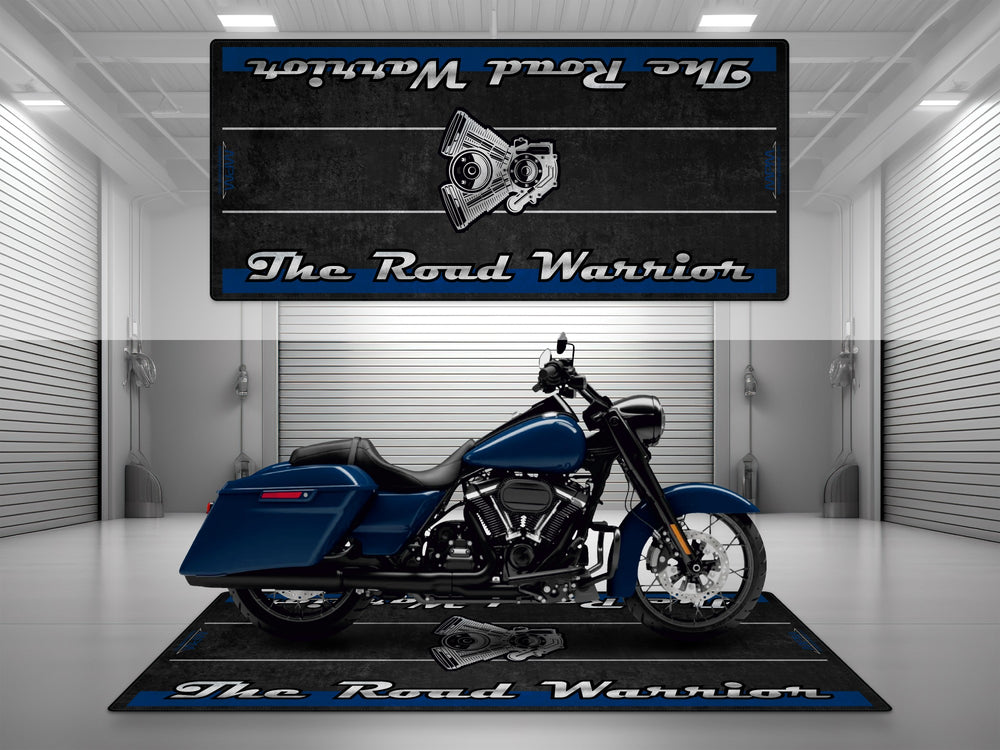

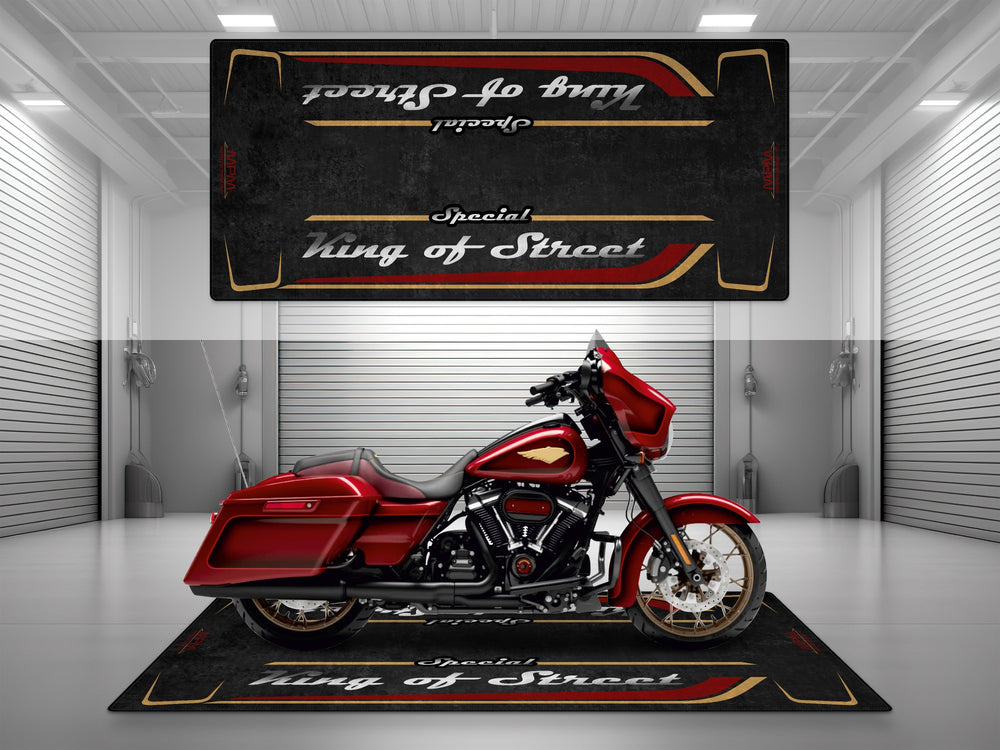

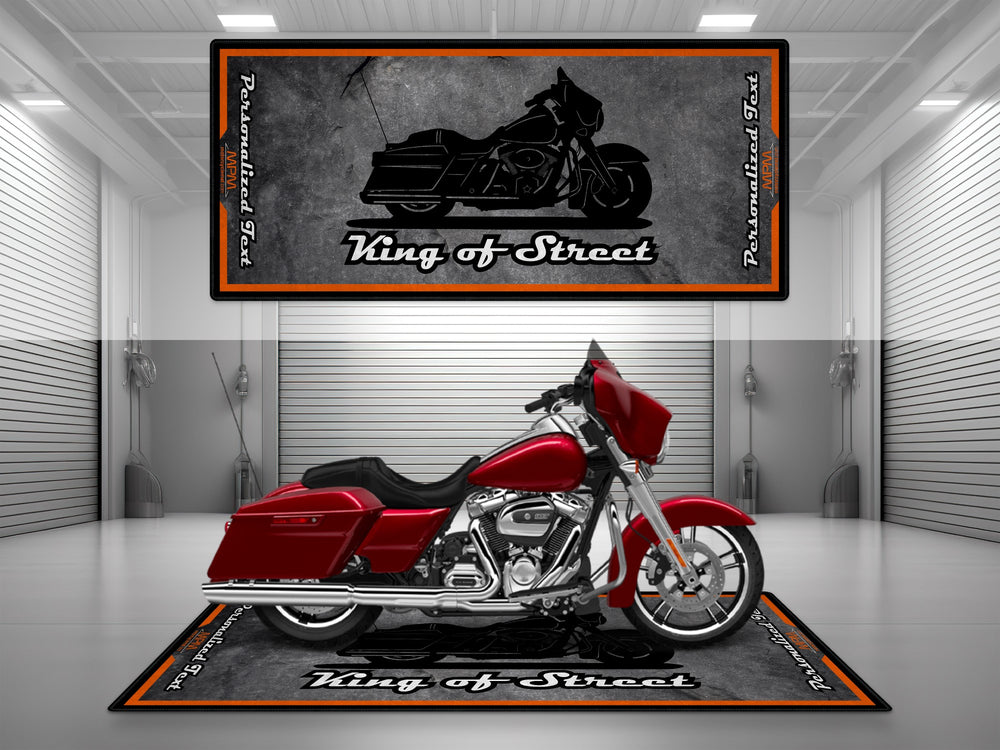

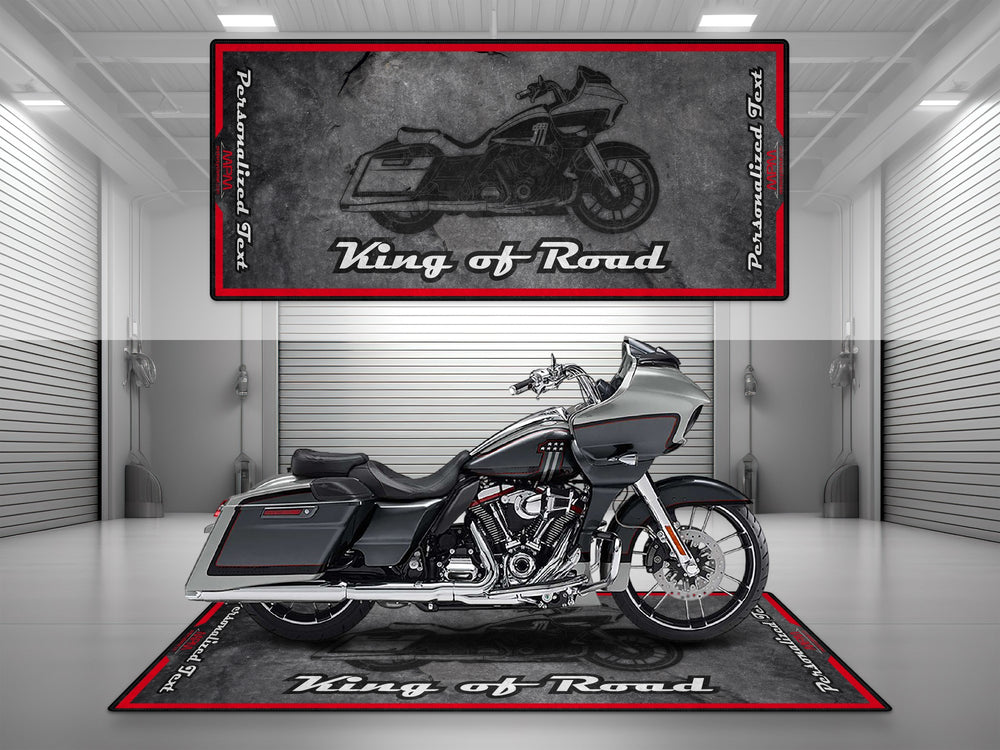

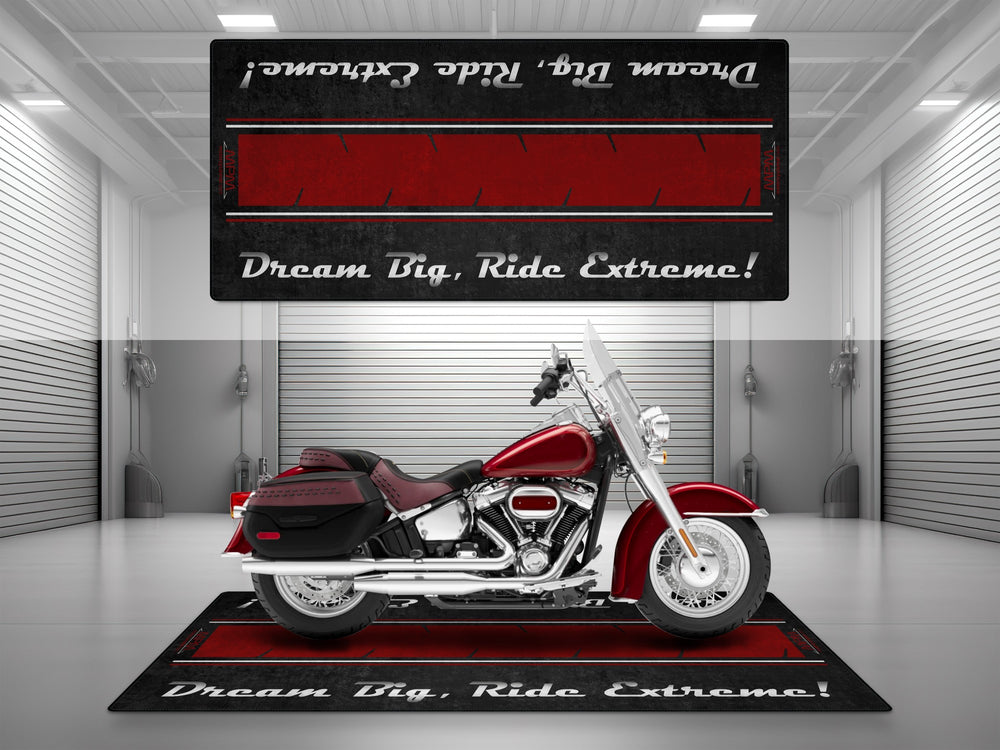

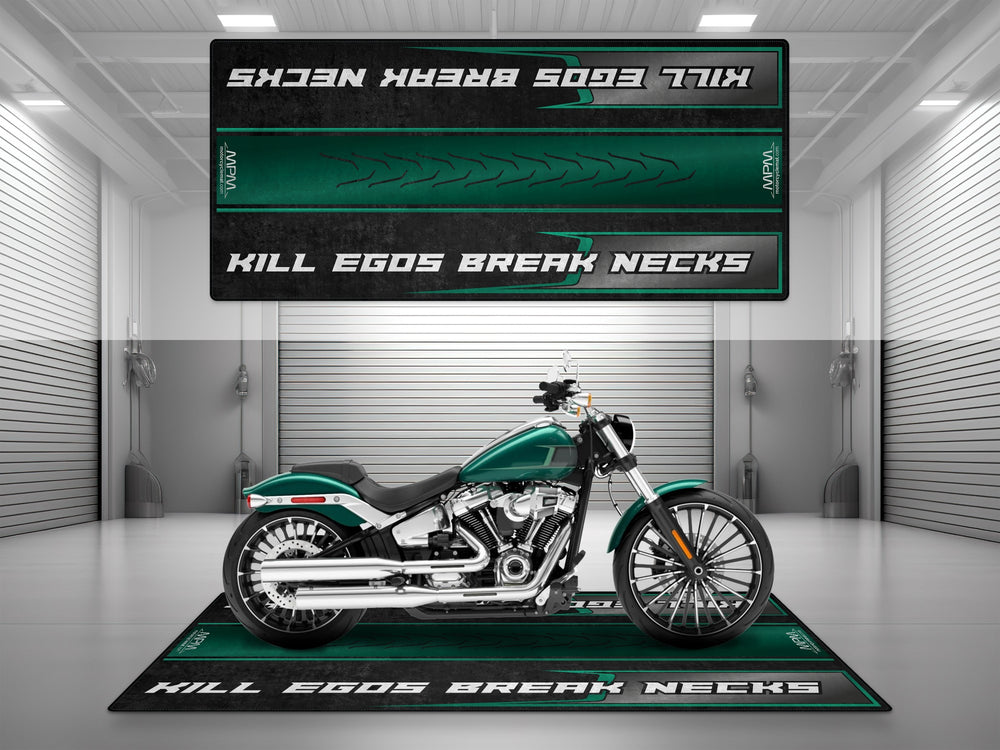

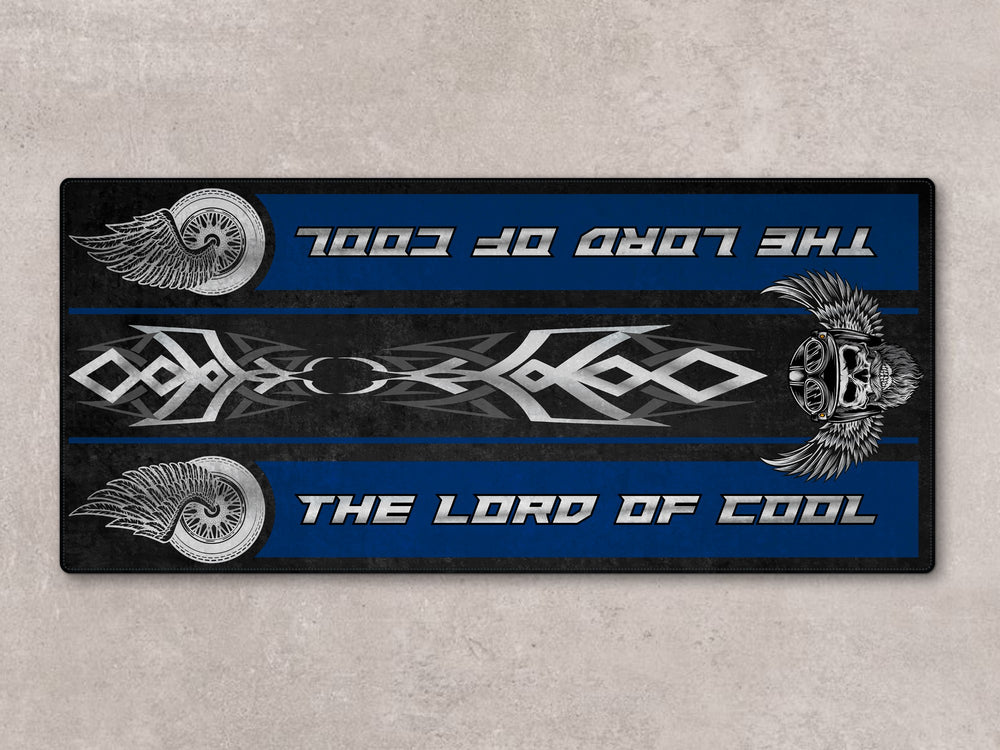



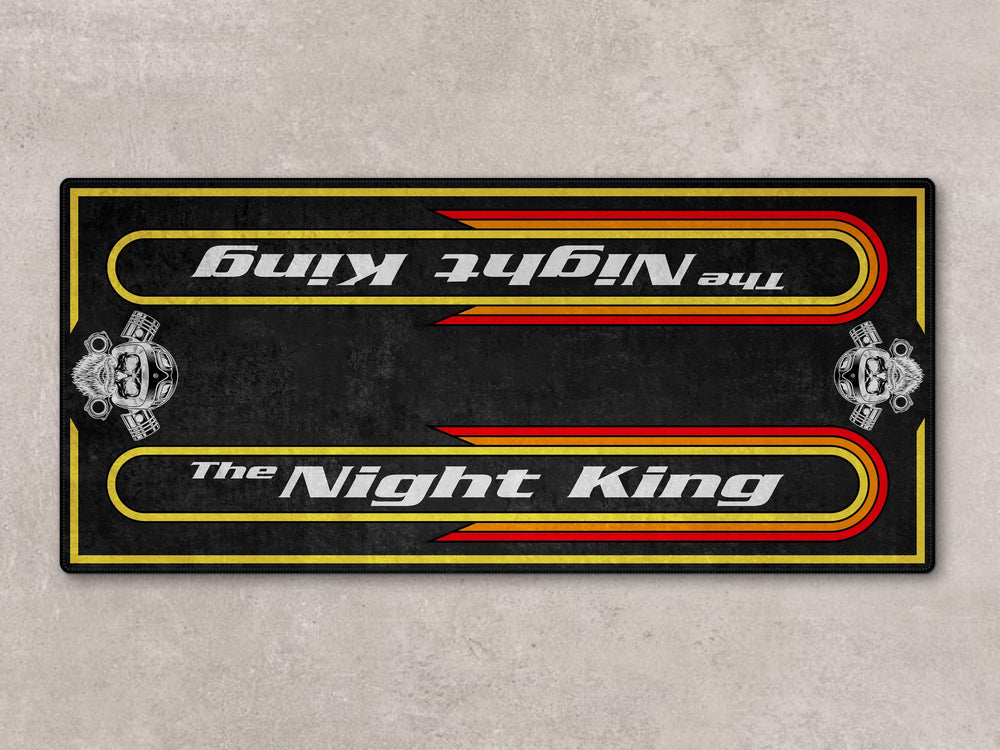
“Harley-Davidson faces challenges, but they’re tackling them head-on. Whether it’s updating old favorites or using new tech, they’re making sure our rides stay awesome. It’s not just about bikes—it’s about Harley’s determination to keep things exciting, no matter what.”
Leave a comment